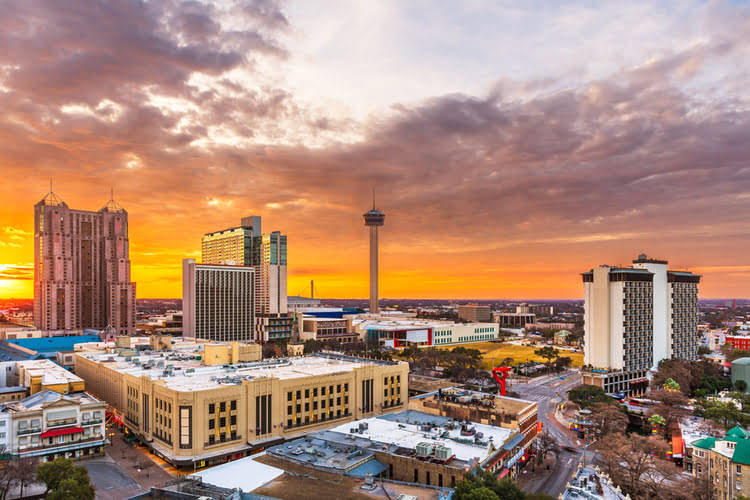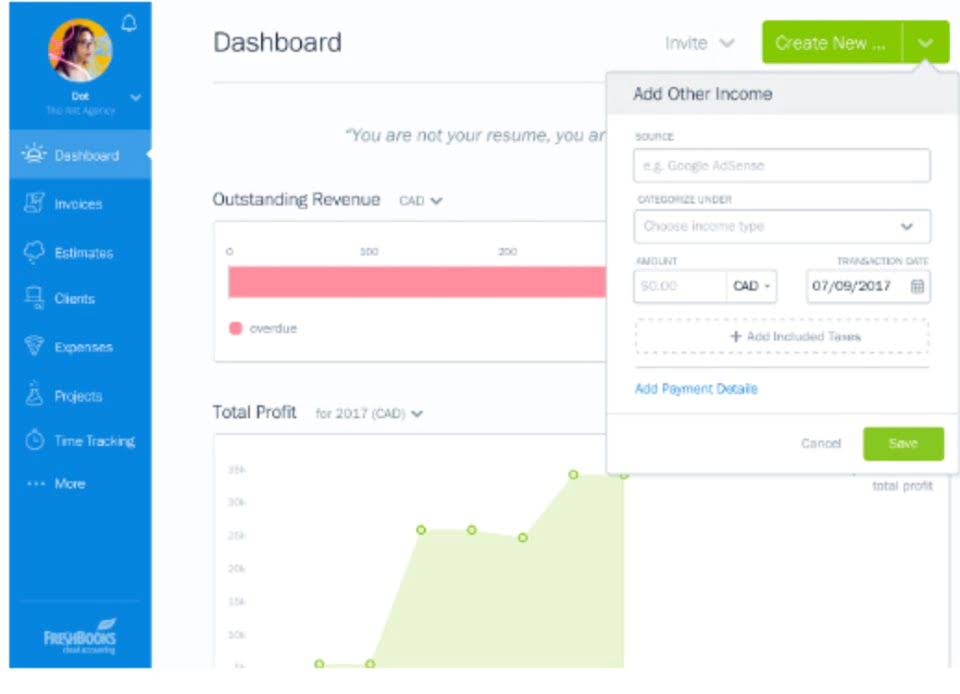
In our examples below, we show how a given transaction affects Certified Bookkeeper the accounting equation. We also show how the same transaction affects specific accounts by providing the journal entry that is used to record the transaction in the company’s general ledger. While the financial landscape continues to evolve and undergo dynamic changes, a key foundational element that continues to guide accounting processes across industries is the accounting equation. Acting as the cornerstone for financial statements, it holds the key in enabling us to understand the financial health of an organization.

What is the fundamental accounting equation?

Ted is an entrepreneur who wants to start a company selling speakers for car stereo systems. After saving up money for a year, Ted decides it is time to officially start his business. He forms Speakers, Inc. and contributes $100,000 to the company in exchange for all of its newly issued shares. This business transaction increases company cash and increases equity by the same amount.
D. Double Entry Accounting System
- Although the balance sheet always balances out, the accounting equation can’t tell investors how well a company is performing.
- For every debit entry, there has to be an equal credit entry.
- To calculate the accounting equation, we first need to work out the amounts of each asset, liability, and equity in Laura’s business.
- You can find a company’s assets, liabilities, and equity on key financial statements, such as balance sheets and income statements (also called profit and loss statements).
- If a business buys raw materials and pays in cash, it will result in an increase in the company’s inventory (an asset) while reducing cash capital (another asset).
As a core concept in modern accounting, this provides the basis for keeping a company’s books balanced across a given accounting cycle. The income and retained earnings of the accounting equation is also an essential component in computing, understanding, and analyzing a firm’s income statement. This statement reflects profits and losses that are themselves determined by the calculations that make up the basic accounting equation. In other words, this equation allows businesses to determine revenue as well as prepare a statement of retained earnings.
- Speakers, Inc. purchases a $500,000 building by paying $100,000 in cash and taking out a $400,000 mortgage.
- Shaun Conrad is a Certified Public Accountant and CPA exam expert with a passion for teaching.
- Liabilities, on the other hand, show how much money is owed.
- Essentially, the representation equates all uses of capital (assets) to all sources of capital, where debt capital leads to liabilities and equity capital leads to shareholders’ equity.
- Alternatively, an increase in an asset account can be matched by an equal decrease in another asset account.
- As you see, ACI’s assets increase and its liabilities increase by $7,000.
Accounting Equation for a Sole Proprietorship: Transactions 1-2

Some valuable items that cannot be measured fundamental accounting equation and expressed in dollars include the company’s outstanding reputation, its customer base, the value of successful consumer brands, and its management team. As a result these items are not reported among the assets appearing on the balance sheet. Things that are resources owned by a company and which have future economic value that can be measured and can be expressed in dollars. Examples include cash, investments, accounts receivable, inventory, supplies, land, buildings, equipment, and vehicles. It will become part of depreciation expense only after the equipment is placed in service.
What Is a Liability in the Accounting Equation?
- Since the balance sheet is founded on the principles of the accounting equation, this equation can also be said to be responsible for estimating the net worth of an entire company.
- Examples include cash, investments, accounts receivable, inventory, supplies, land, buildings, equipment, and vehicles.
- This equation is the foundation of modern double entry system of accounting being used by small proprietors to large multinational corporations.
- The purpose is to allocate the cost to expense in order to comply with the matching principle.
- Journal entries often use the language of debits (DR) and credits (CR).
The accounting equation reflects that one asset increases and another asset decreases. The totals indicate that ASC has assets of $9,900 and the source of those assets is the owner of the company. You can also conclude that the company has assets or resources of $9,900 and the only claim against those resources is the owner’s claim. We present eight transactions to illustrate how a company’s accounting equation stays in balance. Owner’s or stockholders’ trial balance equity also reports the amounts invested into the company by the owners plus the cumulative net income of the company that has not been withdrawn or distributed to the owners. Owners can increase their ownership share by contributing money to the company or decrease equity by withdrawing company funds.

So typical things that we see in current assets are going to be cash. We’re going to see accounts receivable, money that’s owed to us by our customers, inventory, right? Things that we’re going to convert into cash pretty soon within 1 year.
